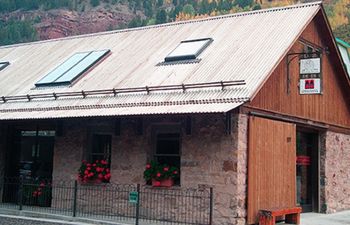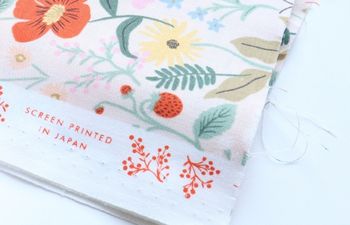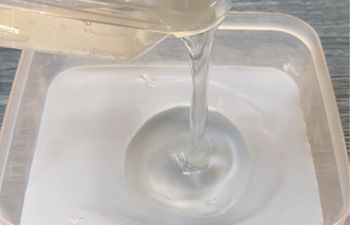Why are paper crafters and book binders obsessed with archival quality products? What is “archival quality” and why is it so important to book makers? In today’s post, I’ll explain what archival quality is, why it’s important and how it affects books so you can make the right material choices for your next project.
What is archival quality, anyway?
The word “archival” means “to last”, so the phrase “archival quality” translates to “of lasting quality.”
“Lasting quality” means a book should resist deterioration for 70 to 100 years. In order to truly avoid breaking down, products have to stay away from the things that cause decay in the first place, like acids, insects, humidity and other environmental conditions.
The label “archival quality” on a product is, therefore, misleading.
Companies cannot guarantee their paper or card stock will never come into contact with acids or insects. They can only ensure the product leaves the warehouse free from these contaminants.
So what steps does a company take to ensure this?
Acid is not your friend
Books are typically made from paper. Paper is usually produced from wood, which comes from trees. Trees are carbon based life forms at the mercy of one of the most corrosive compounds on Earth: acid.

In order to truly last, a book needs to be created from materials that do not contain acid. Otherwise, acids would break the book down over time.
The first step is to make sure all acids are removed from the product.
Lignin-free is the way to be
You’ve probably noticed the term “lignin free” on some of your favorite paper products.
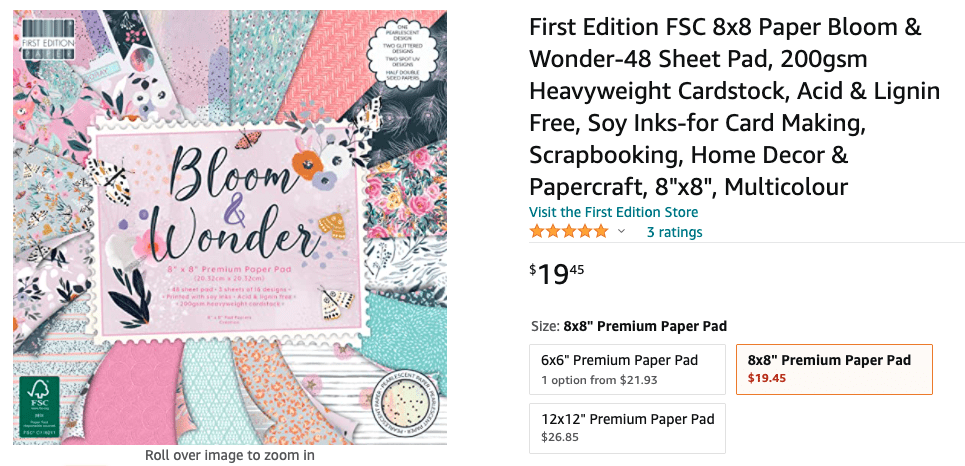
What is lignin?
The walls of plants contain an organic acid called lignin. Trees are plants, of course, so paper manufacturers must remove lignin if their paper is to avoid deterioration over time. This acid removal process is called lignin extraction.
To be archival quality, the rest of the paper manufacturing process needs to make sure additional acids are not accidentally introduced.
Chipboard is a great example.
Chipboard is manufactured from layers of waste wood pressed and held together by acidic chemicals like formaldehyde. Even if lignin is removed from the wood prior, it would not be considered archival because acid was introduced at a later stage.
Note: some chipboard is archival quality. This means the manufacturer made sure no other acids were introduced after the lignin was removed. Check the package before you buy.
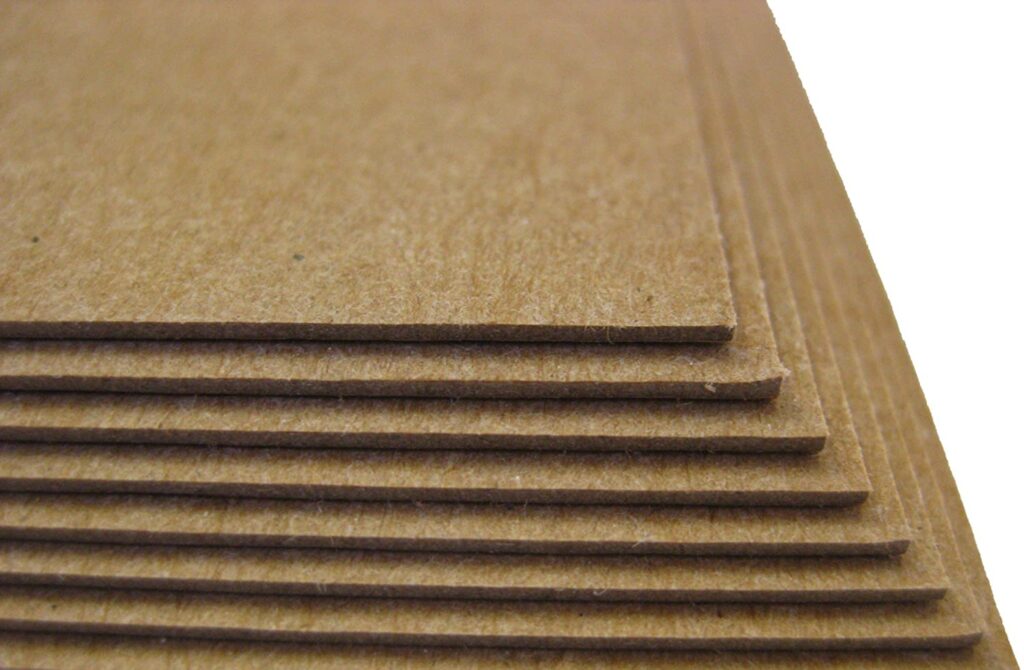
Why isn’t lignin extracted from ALL paper products if it’s so bad?
Lignin extraction is an added step and expense, so some manufacturers will avoid it altogether. For other companies, the cost of lignin extraction is simply passed on to the consumer in the form of higher costs.
Let’s recap what we’ve learned about archival quality so far:
- archival quality paper should last 70-100+ years
- to be archival quality, a product must resist deterioration over time
- acids cause deterioration
- acids may occur naturally (lignin) or synthetically (formaldehyde)
- lignin extraction is a process where lignin is removed from wood
Acid Migration
Removing acids is important, but we must also avoid something called “acid migration.”
Acid migration happens when an acidic product is next to a non-acidic one. Over time, acids will migrate (or, transfer) from the acidic product into the acid-free one. When this happens, the acid-free product is no longer considered to be of archival quality.
Say you’re making a small wedding guest book. You’re careful to purchase the best archival quality paper. To save money, you pick chipboard for the book covers. Over time, acids will migrate from the chipboard covers into the paper and ruin the book.
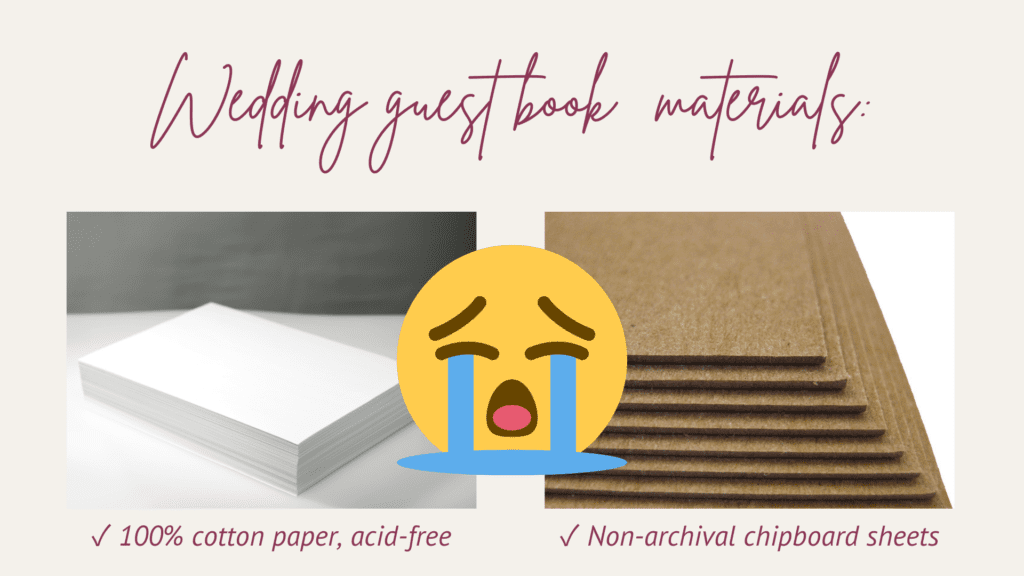
How can I avoid acid migration?
To avoid acid migration, use archival quality materials throughout the entire book. This includes things like linen thread, cotton mull, adhesives and covering materials.
When in doubt, call the product manufacturer.
5 Causes of Book Deterioration
As mentioned, many factors contribute to organic decay over time. The top five causes of book deterioration are:
- acidic compounds & migration
- biological growths such as mold
- insects & infestations
- atmospheric pollutants
- environmental conditions (excessive heat or light)
Note: Archival quality books should be stored in protective containers under controlled conditions.
Archival boxes & storage
To keep fine bindings safe, book makers will often construct a custom archival box for storage. Archival boxes are made and sealed well to prevent the introduction of acids, moisture and pests.
In addition to the above, be sure to store the box and book away from excessive heat or light. A simple home closet is perfect for those of us who don’t live and work out of a library archive!
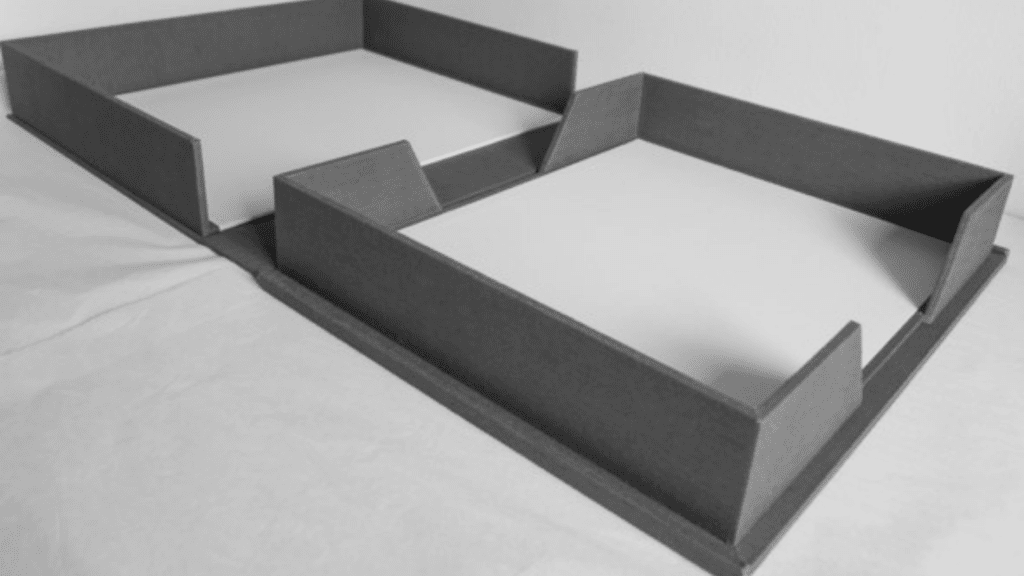
Other safe storage options:
- Sealed storage containers
- Trunks or other cool, dry boxes
- Safe deposit boxes
- Temperature and humidity controlled storage lockers
Note: storage containers should be lined with archival quality materials to prevent acid migration.
Unsafe storage
When storing valuable books and heirlooms, avoid:
- Garages
- Attics
- Basements
- Under beds
- Standard storage units without temperature control
Recap & Wrap Up
By this point, you now understand that “archival quality” is way more than just “acid-free.” Let’s recap the most important take aways from this post:
- companies will label a product “archival quality”, but this just means acid-free
- to be truly archival, a book should avoid ALL 5 factors that lead to deterioration over time
- be sure to use ALL archival quality items when constructing a book or storage box
- avoid biological pests (mold, insects) and atmospheric pollutants by storing archival books under controlled conditions away from excess heat or light
I hope this post helped explain more about archival quality and what it means for paper crafters and bookbinders.
Tip: If a book or craft project is not intended to last 70+ years, save money and use non-archival items. Since most paper companies understand the importance of being acid-free, they usually include it in their process by default. When in doubt, be sure to check the package or ask the company for more information on their manufacturing process.
Resources
New to bookbinding?
- Receive weekly information and tips for book makers
- If you are brand new and need a place to start, read my New Bookbinder Guide.
- Learn what makes a book a “book” in Getting to Know the Physical Parts of a Book
- For a list of bookbinding tools, materials and supplies from retailers I trust and use myself, pick up my Bookbinding Tools & Supplies Quick Start Guide.
I really hope you enjoyed and learned something new! If you have any questions, feel free to reach out to me on Instagram.
Thanks for stopping by!
ALL my best,
Misty

